


Our story began in 1881. Edward Rudolf, a young Sunday school teacher and civil servant in South London, saw the effects of poverty on children and decided to do something about it.
When two young boys failed to turn up for his Sunday school, he went to look for them and was shocked to find them begging for food on the streets. Their father had died, leaving their mother struggling to bring up seven children under the age of 11.
Rudolf soon realised this was not a unique story and there were countless young people living in poverty. At that point, he decided to dedicate his life to improving the lives of children who had it toughest. This was the beginning of The Church of England Children’s Society.

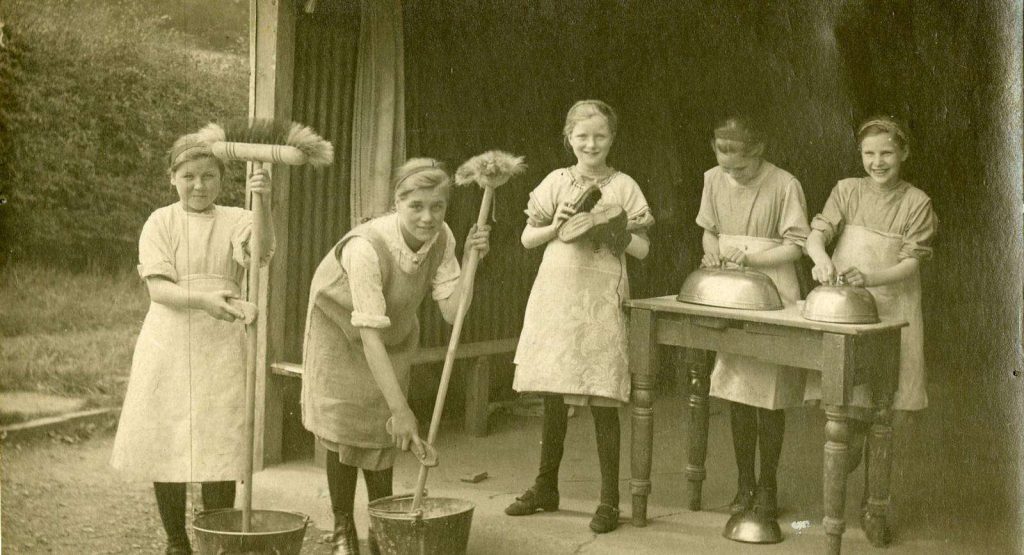
Our story began in 1881. Edward Rudolf, a young Sunday school teacher and civil servant in South London, saw the effects of poverty on children and decided to do something about it.
When two young boys failed to turn up for his Sunday school, he went to look for them and was shocked to find them begging for food on the streets. Their father had died, leaving their mother struggling to bring up seven children under the age of 11.
Rudolf soon realised this was not a unique story and there were countless young people living in poverty. At that point, he decided to dedicate his life to improving the lives of children who had it toughest. This was the beginning of The Church of England Children’s Society.
From the 1920s through to the 1950s we established 34 permanent residential nurseries around the country to cater for the increasing number of young children in need of care.
During World War II we housed Jewish children from Germany and Czechoslovakia, who were seeking asylum from Nazi persecution. This is an early example of our work with asylum seekers.

By 1969 we had opened our first day-care centre, Foulkes House, in South London. It offered support for single-parent families and those affected by illness, stress or severe poverty.
It was so successful that we opened more across the country.
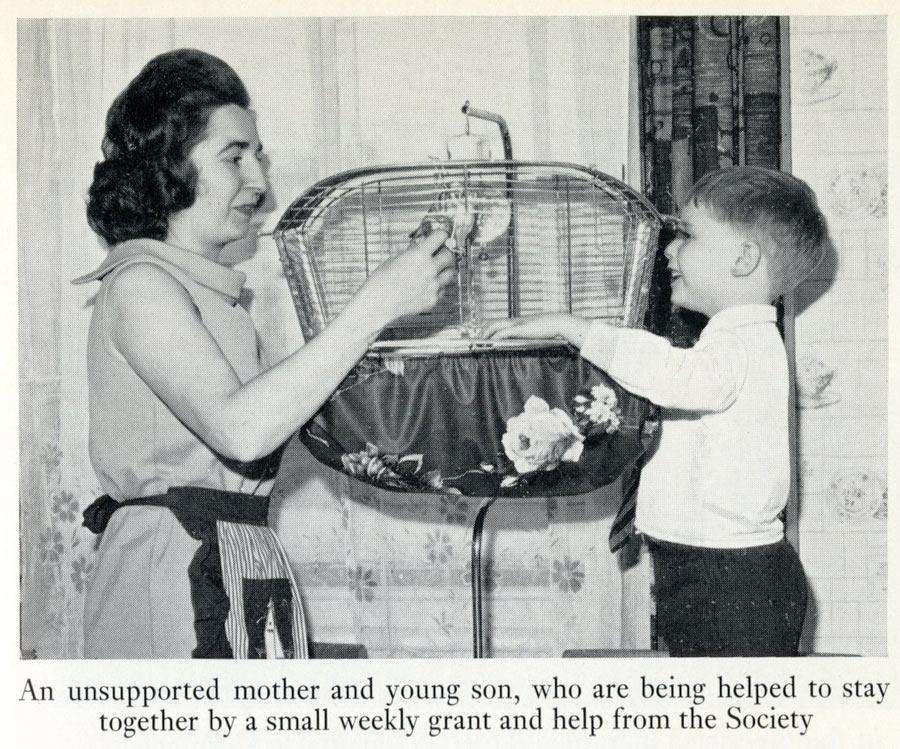
By now social attitudes had changed considerably. Abortion and lone parenting were viewed differently and contraception was more readily available.
Fewer children were entering children’s homes or being placed up for adoption as local social services departments increased their activity in this area. This gave rise to change.
We closed many of our children’s homes and moved away from adoption and fostering to focus on helping young people solve their own problems.
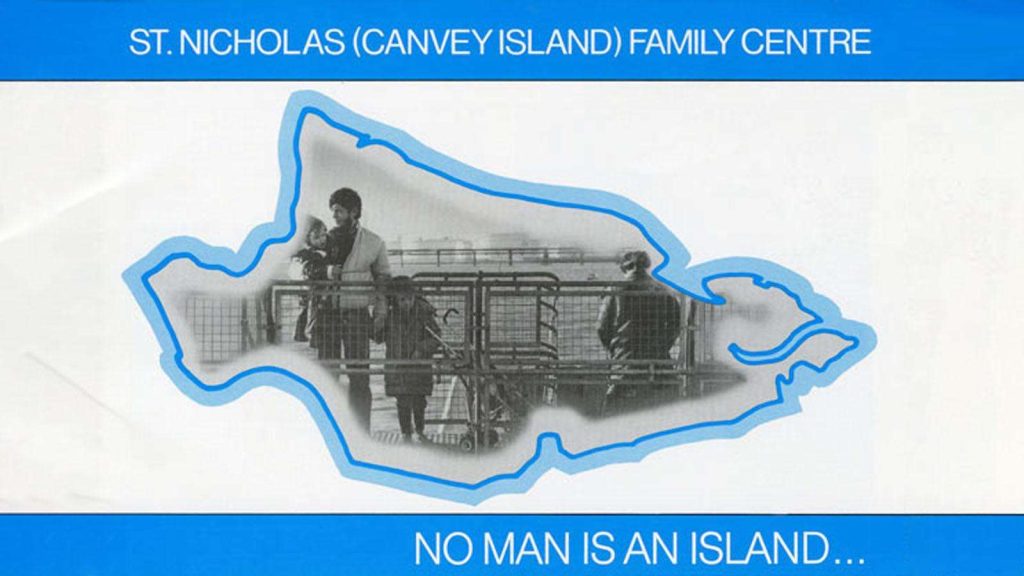
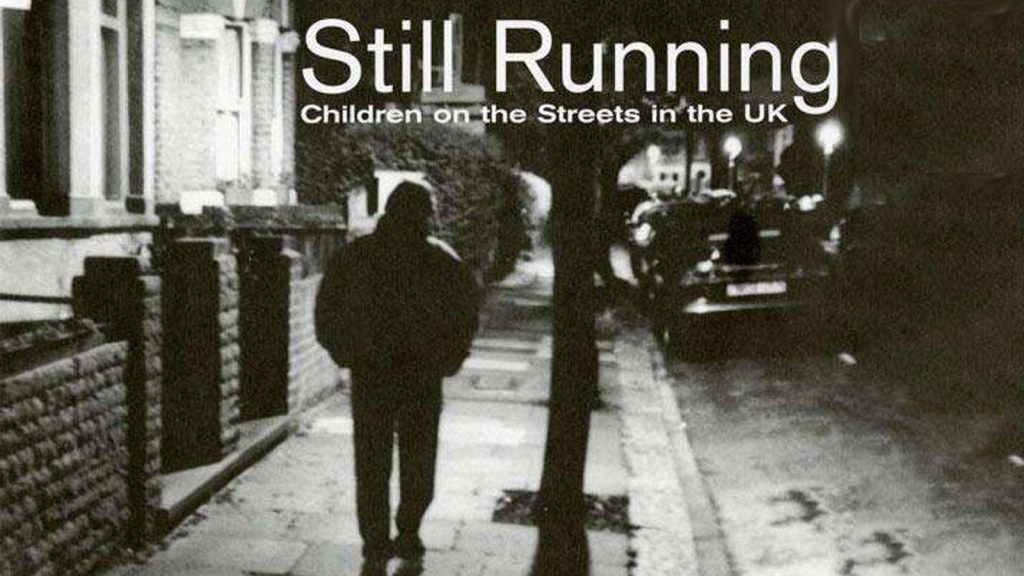
During the 1990s we built on the experience and understanding gained in the previous two decades and began working for social justice.
We became more effective at responding to the issues faced by young people.
We started campaigning to change laws on issues such as, health care, housing, social security, education and social work. We also wanted to do more to give young people a way to speak and act for themselves.
In 1992 we argued that child prostitution should be seen as a child protection issue.
We continued to campaign on this issue until in 2000 fresh government guidelines recommended that the police should treat the children as victims of abuse rather than as perpetrators of crime.
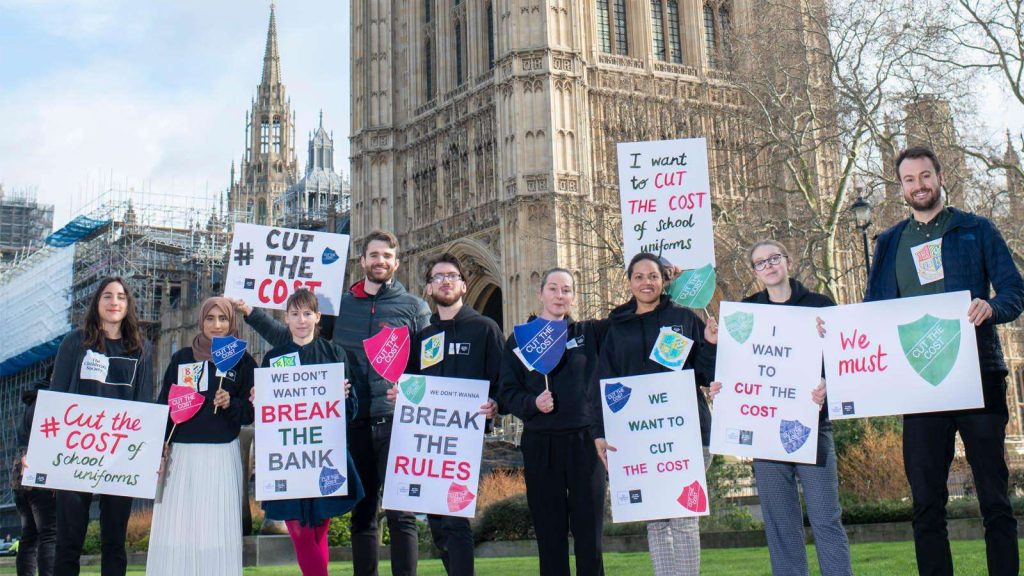
We have continued to fight through campaigning, commitment and care, to give every child the greatest possible chance in life. We’ve had some incredible campaign wins too.
As part of our Make Runaways Safe campaign, former young runaways told us what they would most like to see from those charged with protecting them. We called on agencies to protect the 100,000 young people who run away each year.
As a result, more than 40 local authorities committed to making changes to protect young people who run away and all councils will have to offer young runaways a mandatory ‘return interview’, to identify and help provide the support they need.
For our 2012 Fair and Square campaign, we called on the Government to extend free school meals to all children living in poverty. In response, they announced that all children in reception, years one and two would be entitled to a free school meal. Our success meant an extra 1.4 million children were able to rely on at least one free, nutritious meal every school day.

Our Behind Cold Doors report identified that in the winter of 2015, nearly 2 million children living in poverty were in families who missed out on discounts for their gas and electric bills.
As a result of our findings, the Government announced they would standardise eligibility criteria for the Warm Home Discount across suppliers.
This made it simpler for families to apply for support and receive a discount for unaffordable utility bills.

Our vision is the world we seek to create. And we won’t rest until we’ve achieved it.
We want a society built for all children. In the decade ahead we are determined to make sure this generation of children have a better childhood.
Our goal is by 2030 we will have overturned the damaging decline in children’s well‑being, setting a path for long lasting growth. We hope you will be a part of this.
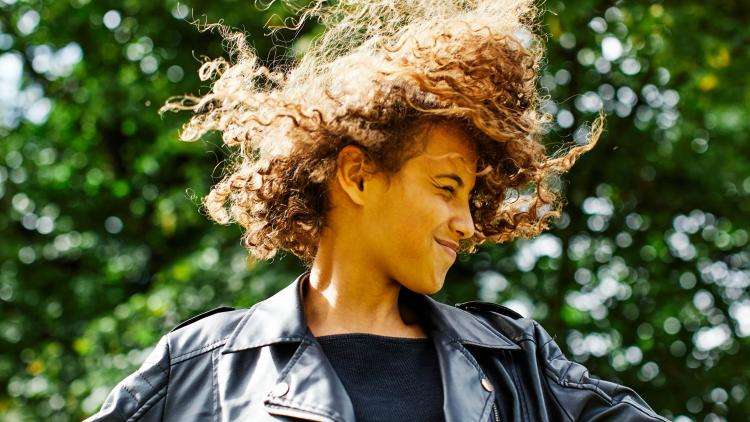
There are many ways you can support our work with young people - volunteering, fundraising challenges, campaigning for change and more.

We work with children who run away, are abused or battling mental health. We look out for young carers, refugees and children groomed into gangs.

The young people we work with shine a light on parts of society that are broken for them. In turn, we help them regain their hope.
SASLA INC
(a registered 501c3)
974 E Stuart Dr, Ste D-205
Galax, VA 24333
United States
Supporter Care:

© 2025 Send A Student Leader Abroad